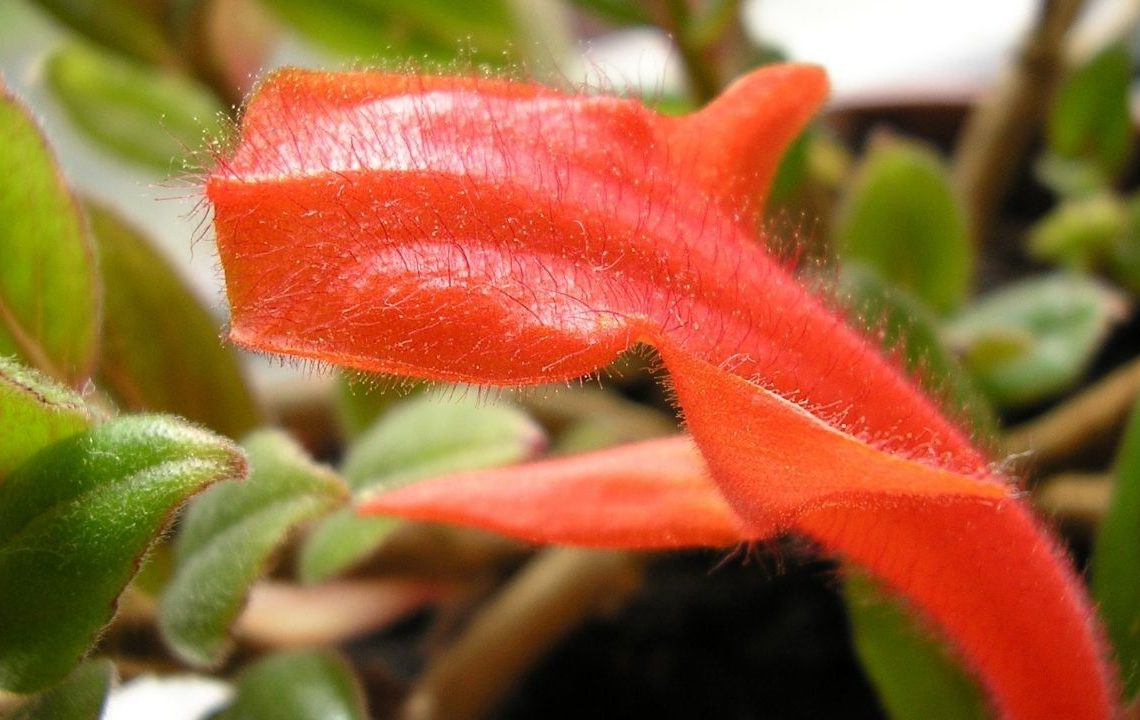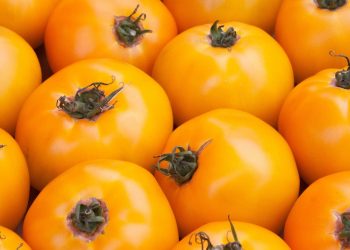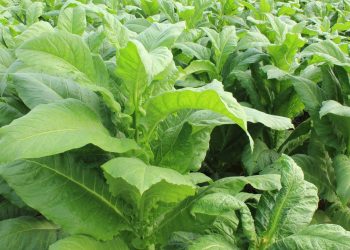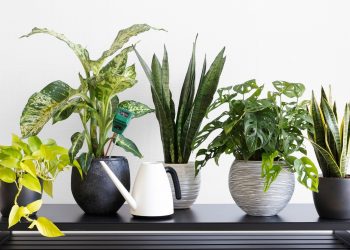Mother natures packs a lot of surprises and mysteries that may not come visible with naked eyes. Yet Goldfish plant or Columnea Gloriosa comes over as one of those mysteries that have grabbed the attention of millions of nature lovers. The name of the plant is derived from the orange blossoms, which possesses a similar look to goldfish. There are more than 30 goldfish plant varieties you can get for your home. While most of them come with dark green leaves, the others have bushy leaves.
Goldfish plants live longer than any other house plants when you take good care of them and report when necessary. But remember, most of these plants are hybridized. Thus, when you look for goldfish plants, you need to pick one based on the flower shape and color. If you are looking for a goldfish plant for sale, you first need to understand its background and origin at the first place.
Understanding the Origin of Goldfish plants
Scientifically known as columnea gloriosa, goldfish plants are native to Central and South America tropical regions. The name of the plant-derived from their unusual flower shape. When grown at a desirable temperature, the plant can bloom flowers in orange, yellow, and red colors. It is there dark green, thick, waxy, and long leaves of about 2 to 3 inches along with gold fish-shaped flowers, which makes them attractive. Their wine-like stems can easily grow up to 3 feet in height. Thus, you must be extra careful while planting them at home.
They are one of the fussiest house plants one can purchase today with all the advised goldfish plant care. If you want to grow goldfish plants well, then you need to pay attention to the minor details. This means you need to understand the natural state of the plants.
As mentioned earlier, goldfish plants are from the genus Columnea breed. They are categorized as a plant that takes support of other plants for growth, generally trees. But remember, they are not parasitic and do not retrieve the nutrition from a host plant. They use the host plant as an anchor to sustain. Just like any other Epiphytes, the plant uses the surrounding area for its nutrition and moisture. Their roots function to provide the anchor to the plant but not for getting nutrition from the soil. To ensure you take good care of your goldfish plant, here are some care basics you need to keep in mind.
Goldfish Plant Care
The life of your columnea gloriosa will depend entirely on the precautions and care you will take. These plants require special care and attention to grow properly and thrive. Given here are the details of goldfish plant care, which will ensure you grow them properly.
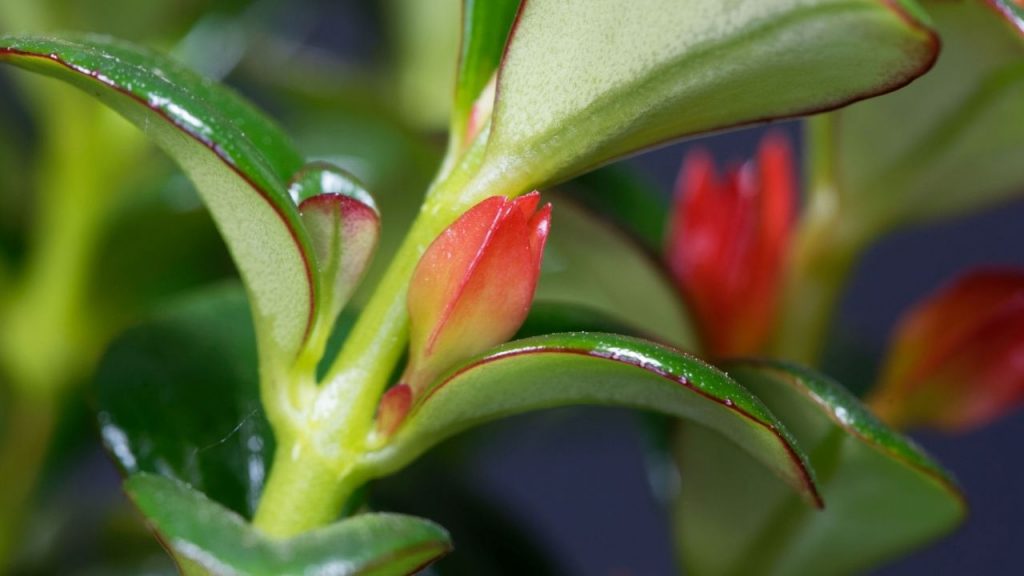
Soil
To begin with, you must be careful with the soil you are using for the goldfish plant. These plants are highly delicate. Thus, you must plant them properly. There is no specific type of soil they need to grow. You can use a regular potting mixture. You can even opt for hydroponics which is a method of growing plants without any soil. This method is the best option for those plants that do not use their roots to extract nutrients from the soil. The next best option is using the African violet potting method, in which the soil contains peat moss and perlite.
Light
A goldfish plant likes semi-shady or well-lit areas. But direct sunlight can burn their leaves. Thus, you can use an artificial lighting system to provide them adequate light for proper growth. To get a well bloomed plant, you must it at least a meter away from the window. But remember, with the change in the lighting conditions through the season, you will need time to find the right spot for your goldfish plant. In such cases, you can consider taking professional assistance. This will guarantee you do not end up causing trouble.
Watering
For watering your goldfish plant, you must use only lukewarm water throughout spring and summer. Using cold water will make their leaves develop brown, patchy spots. Further, you must ensure the soil is moist all the time. While for the winter season, you must decrease the amount of watering. It will be better if you water your plants only when the top inch of the soil gets dry.
Temperature and humidity
The goldfish plants are among the best house plants one can purchase. They can easily survive in a temperature between 18° to 24° celsius throughout the year. Coming to the humidity, you need to maintain a moderate to high level of humidity inside your home. Since the goldfish plants are tropical plants, they like a high humidity atmosphere. It will help them grow properly and bloom well.
Fertilizer
For your goldfish plant care, you can use any type of fertilizer that is high in phosphorus. But remember, never over do the dosage than the recommended level as over-fertilization can be harmful to the plant. During the summer and spring season, you need to put fertilizer every two weeks, while for winters fertilizing once a month will be more than enough.
Potting
The goldfish plants do not have roots longer than 3 inches. Thus, they do not require a deep pot. It will be beneficial if you choose a pot that helps the plant spread vigorously. Using hanging baskets is a great solution for columnea gloriosa as they will help the plant send off the stems longer than 3 feet.
Pruning
It is essential that you prune your goldfish plant at least once a year. Trim the stems of the plant until they are 18 inches long. This will help encourage the growth of the denser stem. Also, it will make the plant look fuller and produce more flowers.
How to Propagate the Goldfish Plant?
If you wish to keep the plant for a longer time, then you can consider propagating them. There are six methods for propagating goldfish plant which includes.
- Growing new plants from seeds
- Division
- Simple layering
- Air layering
- Rooting stem cuttings
- Rooting leaf cuttings
No doubt, all of these methods effectively propagate goldfish plants, but to get the best results, you should opt for the root stem cutting method. For propagating the goldfish plant, you need to follow the following steps.
- Find a plant with a healthy non-flowering stem
- Cut the stem tip (Make use of a clean and sterile knife for propagating)
- Remove all the leaves present on the stem and dip the cutting in rooting hormone (You can prefer using Hormex Rooting Hormone Powder)
- Put the stem in a container filled with soil.
- Make sure the soil mixture contains a light mix of peat and perlite
- Water the plant lightly
- Keep the container in an area with a temperature between 18° Celsius to 23° Celsius.
- Make sure to fertilize and water the plants every alternate week
- Keep an eye on the propagating plant to ensure positive results
Problems Associated with Growing Goldfish Plants
The goldfish plants, without a doubt, look great in every environment. However, you may come across certain issues during its plantation and growth. Most of the issues emerge due to random carelessness and lack of knowledge regarding goldfish plant care. Hereby, we are discussing some of the most common problems in the same regard.
- Although the goldfish plants grow in a wet environment, overwatering them is the most common problem. The plant must be watered from the bottom. You can use a watering tray so that there is no spill of water on the leaves. Also, you must ensure the plant does not get too hot or cold throughout the day.
- Excessive spacing
- Goldfish plants are susceptible to fungal leaf spots, mosaic virus, and botrytis mold.
- Spider mites, plant lice, and mealworms can lead to the loss of leaves. In such instances, you must use natural insecticide for the treatment.
- Legginess is a common situation that occurs when you place the plant in a too big pot. In such situations, you should consider repotting the plant in a smaller pot. Also, you should place the plant in a place where it receives adequate light. Punching back the plant is a great way of stopping the legginess.
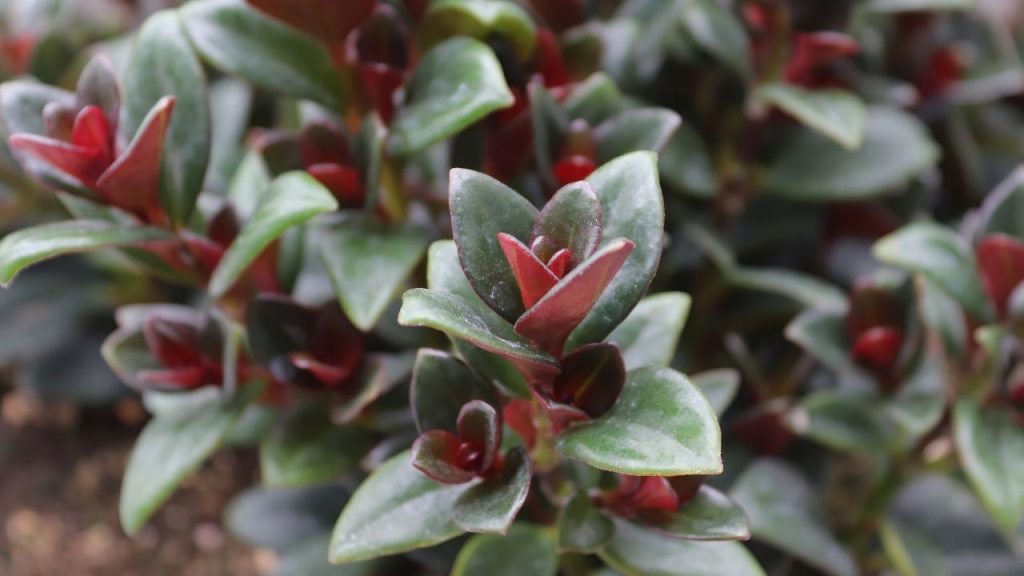
Where can you Find Goldfish Plants?
When looking for a goldfish plant for sale, you should consider visiting nurseries as they are the best place to purchase these hanging plants. It will be beneficial if you do not waste your energy and time finding the seeds as they are tiny and cannot be handled easily. You should prefer purchasing a pre-grown plant as this will ensure you take care of your plant well and make it thrive.
There are many online nurseries and stores that are selling these Goldfish plants. Yet, you cannot actually check the size and quality of the plant there. Hence, we recommend you to visit your nearby nursery in order to make the purchase.
Taking an Overview of Goldfish Plant Varieties
The breeders have come up with a range of flower colors and leaf forms originating from the basic breed by mixing the genetics carefully. The goldfish plants are typically distant cousins of African violet as they come with the same fuzzy leaves. In comparison, their varieties include yellow or red flowers.
However, the most popular of them is the black goldfish plant. They are extremely attractive in their look with the shiny green leaves and rich red lines, which complement their bright orange pouch-like flowers.
The black goldfish plant generally starts as green in color and deepens into dark purple later. They are a royal show of color that is enduring and forgiving as an indoor plant. These plants are perfect for a display in a hanging basket or window seal culture. The only thing you need to remember here is never to dry out the plant between waterings.
Conclusion
If you are willing to purchase a light-loving plant that can grow in a hanging basket, then goldfish plants or Columnea gloriosa are the best choices. These plants can grow well in indoor temperatures and offer you a good bloom. You can purchase this plant from nurseries, or you can opt for a stem-cutting method for growth.
Just remember to keep the plants in properly growing soil, and they will thrive for decades. You can choose from the 30 goldfish plant varieties as per your liking. With proper care and maintenance, you will have a well blooming indoor décor throughout the year.

